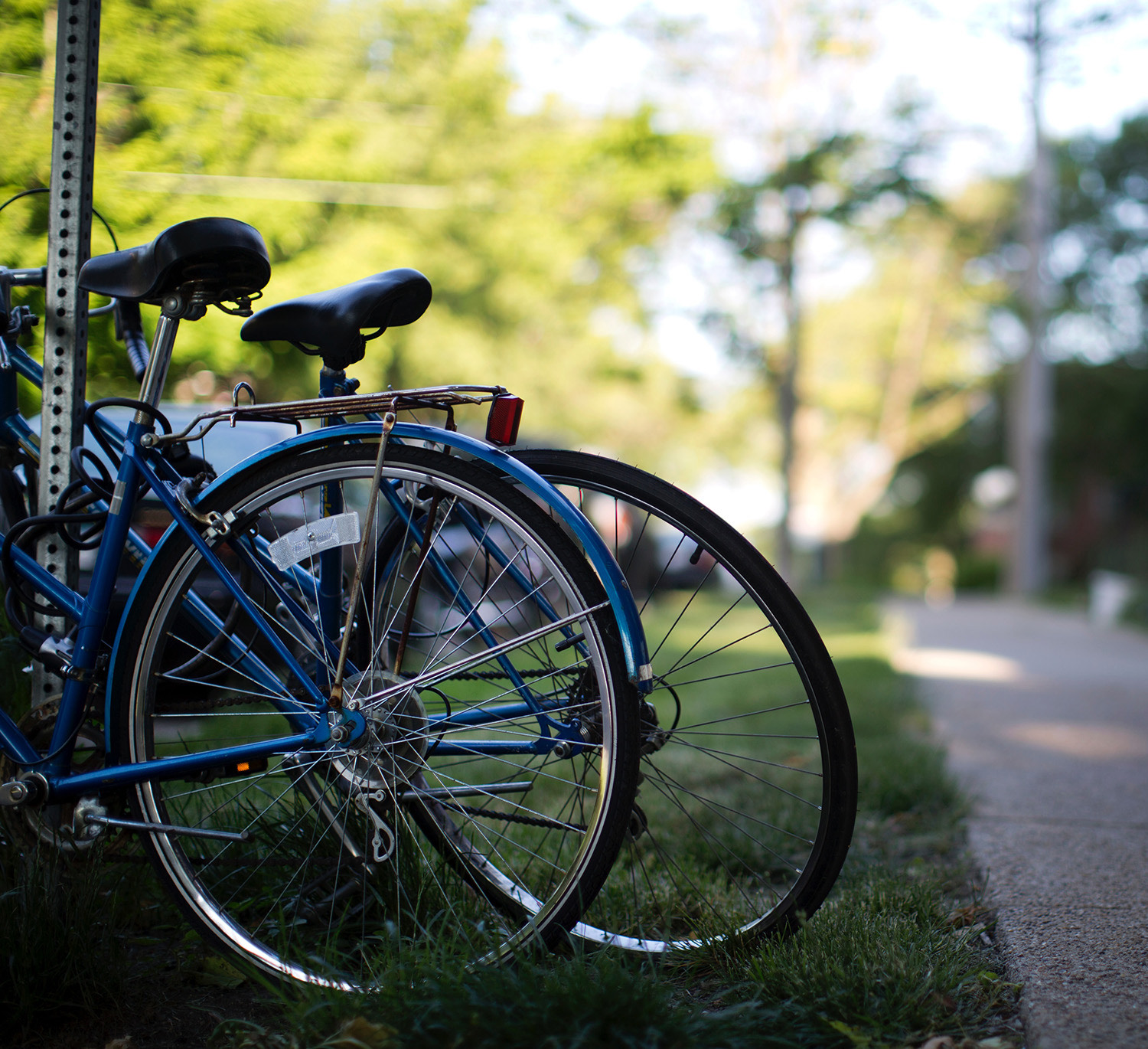Recommendation: Promote active transport and the measures needed to encourage and enable this for everyone
As a main source of CO2 emissions and air pollution in Europe, motorised transport has a strong impact on climate change, and exerts pressure on green and urban space. Across all European countries, lower socioeconomic groups are more likely to live in areas with higher than average air pollution levels, and are more often exposed to traffic-related air pollutants, contributing to health inequalities. Motorised transport is also associated with sedentary lifestyles and growing levels of overweight and obesity. The INHERIT Five-country Survey reinforces that for many people across the EU, personal car use continues to be the principal means of transportation for the most recurring tasks, such as commuting to work, or shopping.[1] This is despite the fact that many of these activities take place within a small radius[2], providing opportunities to substitute motorised transport with more environmentally friendly and healthy modes of transport, such as cycling or walking (active transport). But social norms, habits, and the design of urban spaces continue to prioritise motorised vehicles. Reactions to the INHERIT Future Scenarios reflect that many people like the idea of more walkable and cycle-able areas, for which ensuring good quality and affordable public transport is also crucial.[3]

Voices from INHERIT
I liked the higher number of cycling and walking paths. They consider people of different ages and individual cars use is restricted, which means that the government supports active mobility […]
I want to have more comfortable and safer cycling routes. I love to ride a bike, but I try to ride only Sunday when there is not much traffic, because I’m afraid. People are driving like crazy with their cars, buses, and there are no trails properly regulated.
[…] in the cities there should be corridors, parks, more green spaces in the cities and in rural areas new woods. […]
I like the idea of more efficient public transport. I think if we had more efficient public transport it would give more people incentive to use public transport instead of having cars and that is like more of a, to me it is more of a realistic way of getting people to stop using cars so much.
What can be done? Insights from INHERIT
What can be done? Insights from INHERIT
Examples
Examples
INHERIT triple-win case studies
More information on the INHERIT case studies can be found in the Annex: triple-win case studies
Urban Cyclers
Aims to promote regular cycling, through a combination of cycling maps, route planner, turn-by-turn navigation, smart gamification features and financial rewards. Suggests that investing in technological devices can encourage active transport. Ideally, it should be paired with changes in infrastructure.
Malvik Path
Transformation of an old railway into a path along the coast in Norway, for recreational use. Increasingly used, particularly by people in lower socio-economic groups. Assessed as economically beneficial, after only a year of use.
Lifestyle e-coaching
Aims to increase levels of physical activity amongst more disadvantaged populations through an app. Positive results, at least in the short term, and particularly amongst people with low-levels of physical activity.
Tool: INHERIT Promising practice database
The SWITCH Project
Application that uses personalised travel planning approaches to encourage people to switch car trips to active modes.
Database
Over 100 promising practices from across Europe, including on “moving”.
Additional Reading from INHERIT
Policy Roundtable (EU)
EU-level INHERIT Policy Roundtable report (2019) How can latest research findings contribute to addressing inter-connected societal challenges? EuroHealthNet: Brussels.
Report: Baseline review
Staatsen, B., van der Vliet, N., Kruize, H., et al. (2017) INHERIT: Exploring triple-win solutions for living, moving and consuming that encourage behavioural change, protect the environment, promote health and health equity. Chapter 6
Article: Lifestyle e-coaching
Spelt, H., Tsiampalis, T., Karnaki, P., et al. (2019) Lifestyle e-coaching for physical activity level improvement: short-term and long-term effectivity in low. Int. J. Environ. Res. Public Health, 16(22), 4427.
